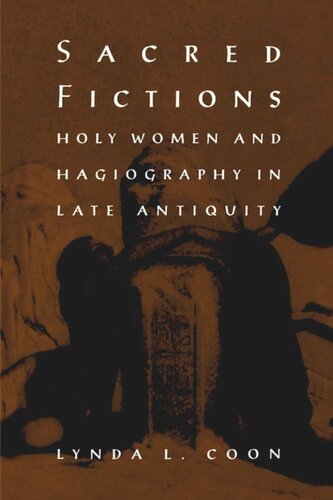

Most ebook files are in PDF format, so you can easily read them using various software such as Foxit Reader or directly on the Google Chrome browser.
Some ebook files are released by publishers in other formats such as .awz, .mobi, .epub, .fb2, etc. You may need to install specific software to read these formats on mobile/PC, such as Calibre.
Please read the tutorial at this link: https://ebookbell.com/faq
We offer FREE conversion to the popular formats you request; however, this may take some time. Therefore, right after payment, please email us, and we will try to provide the service as quickly as possible.
For some exceptional file formats or broken links (if any), please refrain from opening any disputes. Instead, email us first, and we will try to assist within a maximum of 6 hours.
EbookBell Team

4.0
66 reviewsLate antique and early medieval hagiographic texts present holy women as simultaneously pious and corrupt, hideous and beautiful, exemplars of depravity and models of sanctity. In Sacred Fictions Lynda Coon unpacks these paradoxical representations to reveal the construction and circumscription of women's roles in the early Christian centuries.
Coon discerns three distinct paradigms for female sanctity in saints' lives and patristic and monastic writings. Women are recurrently figured as repentant desert hermits, wealthy widows, or cloistered ascetic nuns, and biblical discourse informs the narrative content, rhetorical strategies, and symbolic meanings of these texts in complex and multivalent ways. If hagiographers made their women saints walk on water, resurrect the dead, or consecrate the Eucharist, they also curbed the power of women by teaching that the daughters of Eve must make their bodies impenetrable through militant chastity or spiritual exile and must eradicate self-indulgence through ascetic attire or philanthropy.
The windows the sacred fiction of holy women open on the past are far from transparent; driven by both literary invention and moral imperative, the stories they tell helped shape Western gender constructs that have survived into modern times.